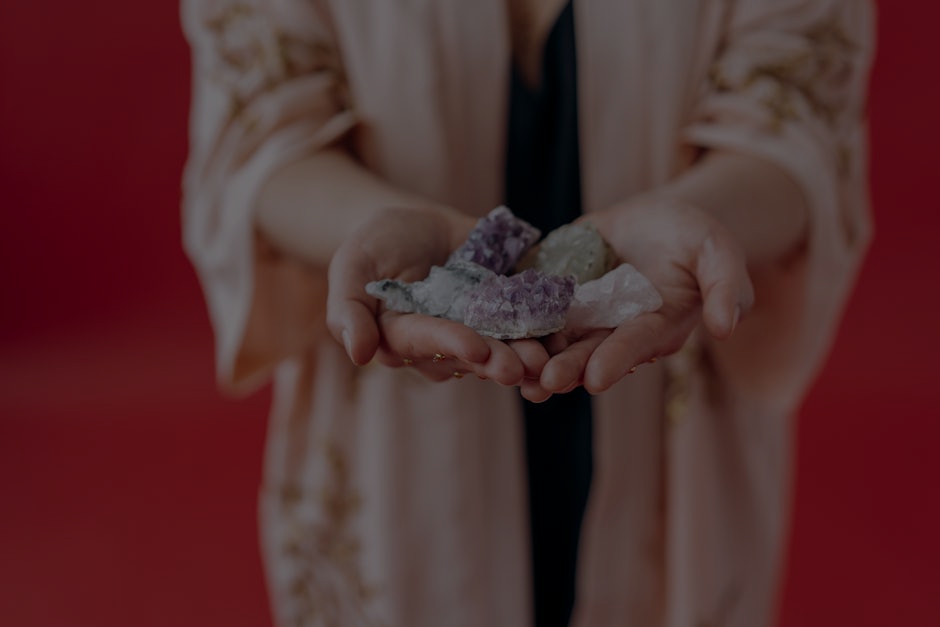**Abstract:**
Discover how to choose feng shui items that promote harmony and balance in your home. This guide offers practical tips to create a serene environment that resonates with positive energy.
Understanding Feng Shui Principles
Feng Shui, an ancient Chinese practice, focuses on the arrangement of space to enhance energy flow, or “Chi.” By understanding its principles, you can select items that not only beautify your home but also promote well-being. A balanced environment encourages positivity, productivity, and tranquility, making it essential to know which feng shui items to incorporate.
Identifying Your Space’s Energy
Before selecting feng shui items, assess the energy of your space. Walk through your home and observe areas that feel heavy or stagnant. This could be a cluttered room or a dimly lit corner. Use a pendulum or your intuition to gauge energy flow. Identifying these spots allows you to target improvements with specific items that enhance energy circulation, fostering a harmonious atmosphere.
Choosing the Right Elements
Feng Shui operates on five elements: Wood, Fire, Earth, Metal, and Water. Each element corresponds to specific qualities and emotions. For instance, Wood symbolizes growth and vitality, while Water represents abundance and flow. Consider the qualities you wish to enhance in your home. A balanced combination of these elements can create a well-rounded environment that resonates with your aspirations and lifestyle.
Color Matters: The Power of Hue
Colors play a vital role in feng shui, influencing mood and energy. Each color corresponds to an element and can evoke specific feelings. For example, green promotes renewal and growth, while red energizes and stimulates. Choose colors that align with the energy you wish to cultivate in each room. Incorporating these hues through paint, decor, or accessories can significantly impact the ambiance of your space.
Symbolism and Meaning: The Right Items
When selecting feng shui items, understanding their symbolism is crucial. For instance, a bamboo plant symbolizes strength and flexibility, while a laughing Buddha represents happiness and prosperity. Research the meanings behind various items to ensure they resonate with your intentions. This thoughtful approach will enhance the effectiveness of your chosen items, promoting a deeper connection to your environment.
Placement: The Art of Arrangement
Placement of feng shui items is as important as the items themselves. Each item should be positioned to maximize its energy. For example, placing a mirror in a way that reflects light can amplify positive energy. Similarly, avoid placing sharp objects pointing towards seating areas, as this can create negative energy. Familiarize yourself with the Bagua map, which outlines specific areas of your home associated with different life aspects, to optimize placement.
Maintaining Balance: Regular Updates
Feng shui is not a one-time task but an ongoing practice. Regularly assess your environment and the energy it holds. As seasons change or life circumstances evolve, so should your feng shui items. Update your decor to reflect your current goals and aspirations. This continual adjustment ensures that your home remains a sanctuary that supports your growth and well-being.
Conclusion: Creating Your Balanced Sanctuary
Selecting feng shui items is a personal journey that requires intention and mindfulness. By understanding the principles of feng shui, identifying your space’s energy, and thoughtfully choosing and placing items, you can create a balanced home environment. Embrace the transformative power of feng shui to cultivate a space that nurtures your spirit and enhances your quality of life.



